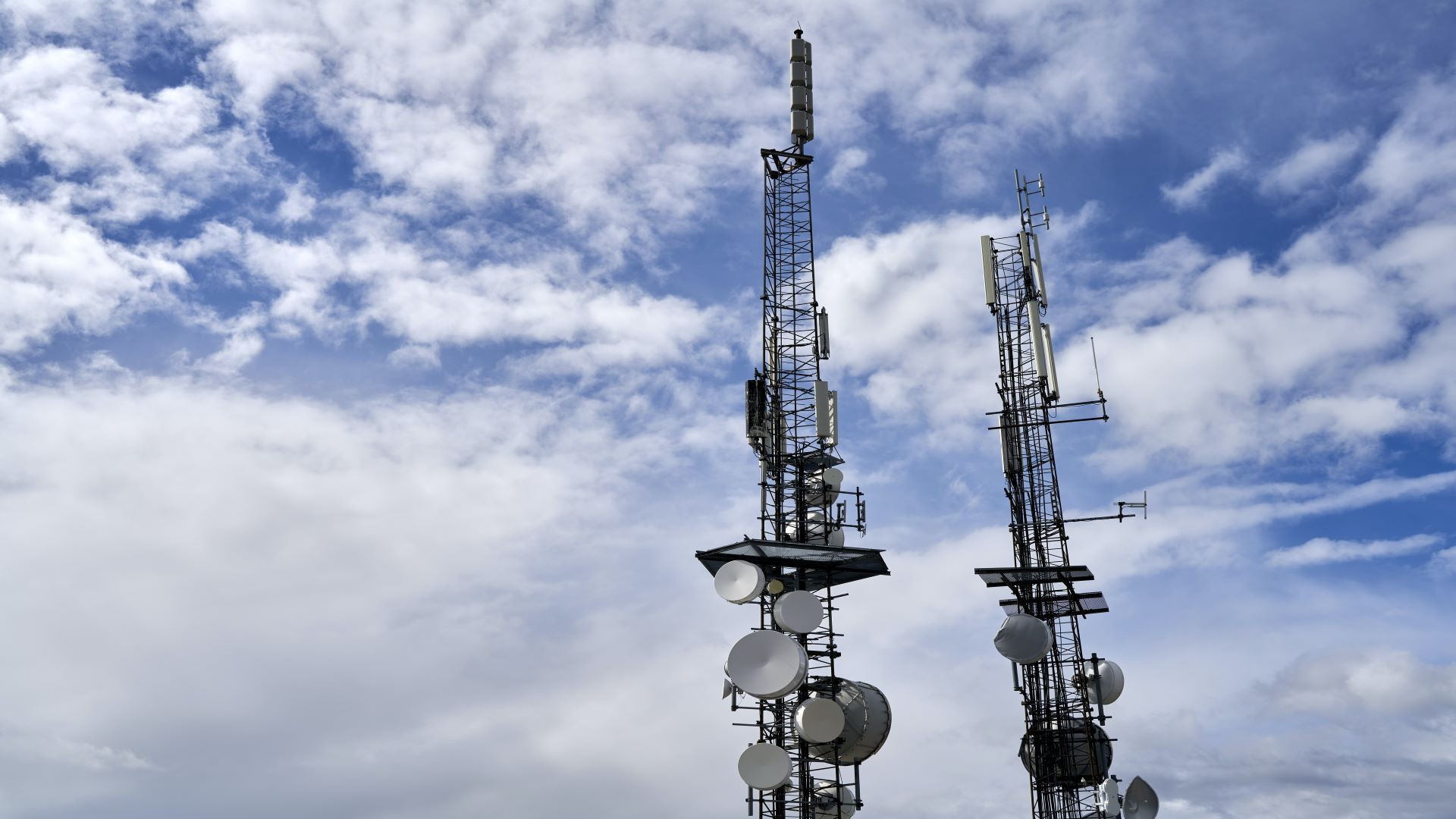The use of drones by American police forces has skyrocketed in the last year. They are primarily used to improve law enforcement’s situational awareness. The increase in drone usage was inspired by the widespread protests throughout America during 2020. Police departments needed quick and accurate technology.
Higher and more accurate situational awareness can decrease injuries among law enforcement and allow for proper reactions to unique situations before arriving on the scene.
Recently, a county in California called Chula Vista has become a focal point in the discussion for the controversial use of drones within a police force. According to kpbs, the Chula Vista police department in California is the first to expand drone use throughout the entire city.
According to kpbs,
“Since 2018, Chula Vista police have been able to deploy drones as first responders for select law enforcement situations. In August 2019, the program was expanded to cover 33% of the city’s area. Now the F-A-A’s giving them permission to expand that coverage to all of Chula Vista. It is the first police agency in the country to be able to do so.”
Source: https://www.kpbs.org/podcasts/san-diego-news-now/2021/mar/22/police-drones-chula-vista/
However, this move does not come without any issues. A poignant problem that many police departments who have not begun using drones worry about is the lack of federal regulations for what police can legally use the drone footage for other than live time situational awareness.
Without written federal regulations there is a lot of gray area that can become highly problematic for police departments.
Nevertheless, kpbs reports that “Chula Vista Police Chief Roxana Kennedy says the Drone as First Responder program helps reduce response times, and keeps the community and officers safe.”
“These drones provide real time information to our officers while they’re in the field. The drones are up — they arrive usually prior to officers arrival. And they are able, through their cell phones or their mobile data computers, to feed them live information about what’s actually occurring.”
Source: kpbs
Chief Kennedy gave examples to kpbs,
“Officers have the ability then to see, is this an armed individual? Is this just someone pacing in the street? Do I really need to respond into the area or would it be better for me to stay back? Do they have a pen in their hand or is it a knife in their hand? So it gives them that real, critical information to make better decisions and be able to de-escalate situations so that everyone goes home safely.”
Source: kpbs
Although this may be true, some like Lilly Irani, a professor at UC San Diego, are worried that this decision was made without any community discussion.
“Of course a camera flying in the sky takes a lot of information beyond the information that might be targeted or publicly acceptable. The camera can look into private property, it might be able to see what’s going on in people’s backyards, it might be able to look into sites of religious worship that the community hasn’t talked about.”
Source: kpbs
Seeing a drone flying over your neighborhood may be unnerving and feel a quite invasive. Moreover, some community members may be nervous about what the police are allowed to do with footage after reaching situational awareness.
kpbs reports,
“To date, the Chula Vista Police Department says its DFR program has responded to over 5,400 calls for service and the drone was the first on-scene to over 2,500 incidents. All drone flights are logged, and flight data and maps are available on the police department website. Jacob Aere, KPBS News.”
Source: kpbs



